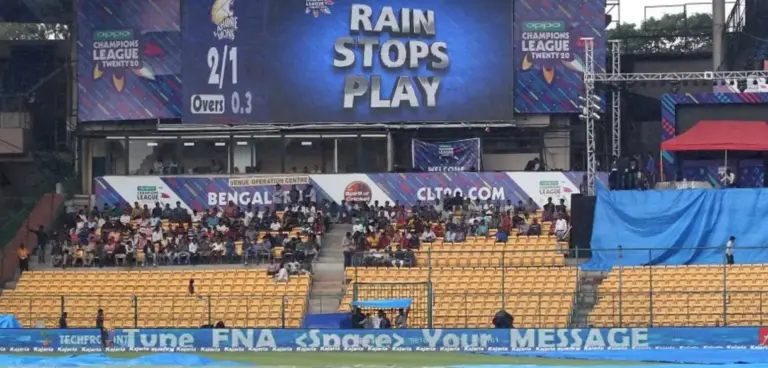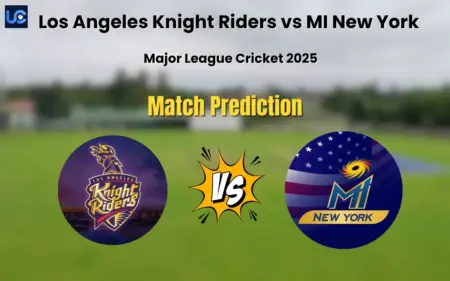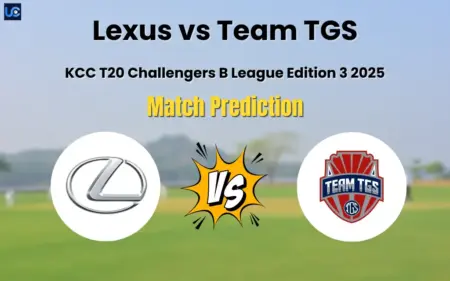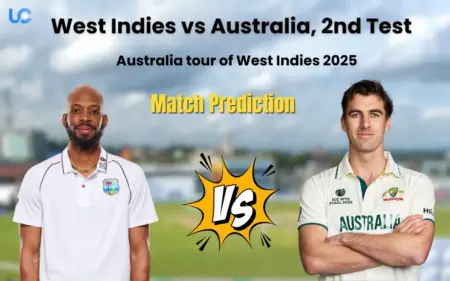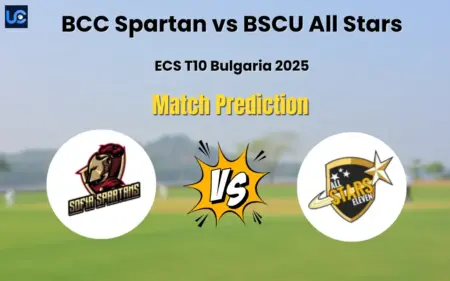The V. Jayadevan system, famously known as the VJD method, is a method which helps to calculate the revised target when an ODI or a T20 game gets interrupted due to rain. This is a method which was developed by an Indian engineer hailing from Kerela, Jayadevan, which is used as an alternative to the DLS method in the Indian domestic circuit.

It came into existence in 2007, when the Sunil Gavaskar-led technical committee of the BCCI gave the approval to use the VJD method for the white-ball matches played at the Indian domestic level. Since then, this method is used widely across India, including some premier tournaments like the Karnataka Premier League (KPL), the Tamil Nadu Premier League (TNPL), and others.
There was a moment when the VJD method was even considered to be applied in international cricket as the second option to the ongoing DLS method in rain-effected matches. However, former West Indian skipper Clive Lloyd, who was the chairman of the ICC then in 2012, decided to continue with the existing DLS method.
Read Also:- What is the Meaning of Uncapped Player in IPL
How is the VJD method used to calculate the target?
The simple calculation for the VJD method largely depends on two mathematical curves. One curve is the normal scoring curve, and the other one is the target score curve. The normal curve indicates the scoring rate or pattern of a team before the rain interrupts. It takes into consideration the number of overs played and the percentage of wickets lost.
Meanwhile, the target curve indicates how the batting team should carry on after the resumption of the game after the rain. It only considers the ratio of percentage of overs played. A complicated calculation of regression then takes place to calculate the final target.
See Also:- Cricket Pitch Length Dimensions and Measurements
Difference between DLS Method and VJD Method
The DLS method uses the statistical way on the available or remaining results, just like wickets or overs left. But the VJD method uses a different statistical approach, which includes the date, resources, and records from past matches and then adjusts for the current match situation.
Unlike the DLS method, the revised target obtained by the VJD method doesn’t have much effect on the number of wickets. Hence, whether the team has lost zero wickets or five wickets, the revised target will be moreover the same.
The VJD method generally gives more chance to the team, while the DLS method sometimes creates more complexity. As it did during the South Africa vs Australia semifinal in the 1992 World Cup. When South Africa came out to bat after the rain, they needed 22 runs off one ball by using the DLS method.
